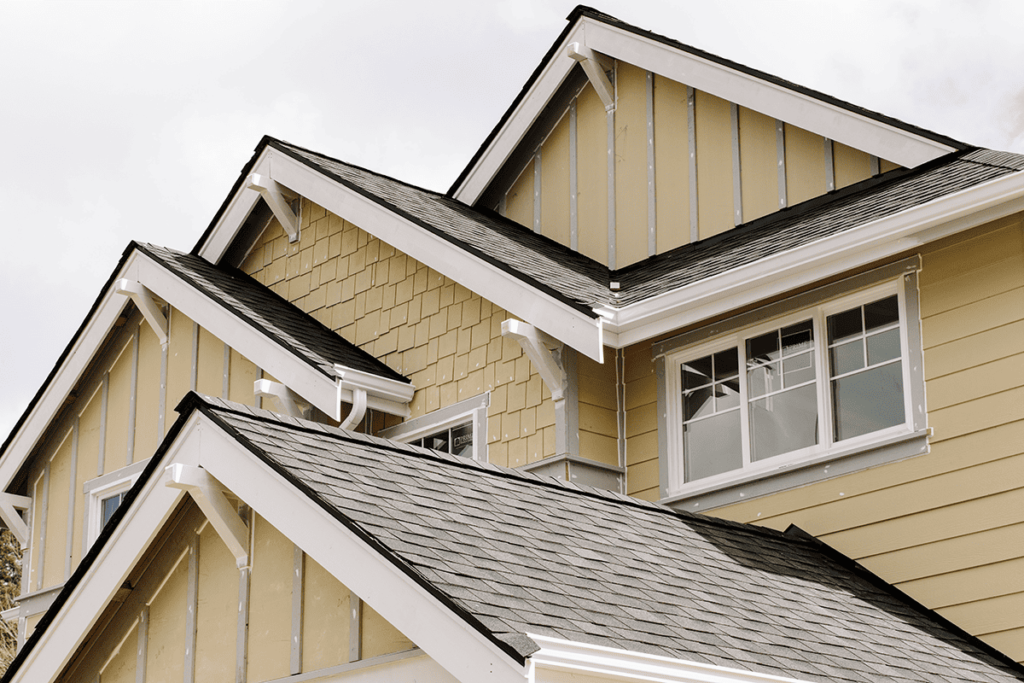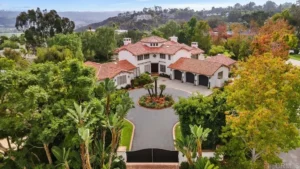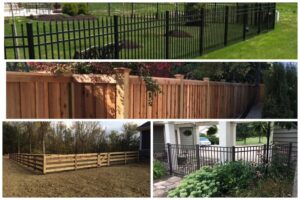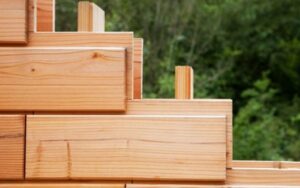When it comes to roofing, the term roof fascia might not always come to mind immediately. However, this crucial component plays an integral role in the structural integrity and aesthetic appeal of a home. In this article, we will explore what a roof fascia is, why it’s important, how to maintain it, and the various materials used for its construction. Additionally, we’ll discuss the benefits of opting for a “dolphia proof fasciaarker” to ensure your fascia lasts for years.
What Is Roof Fascia?
Roof fascia refers to the horizontal board located at the edge of the roof, directly under the roofline. This board runs along the eaves of the roof and serves as a protective barrier between the roof and the external environment. The fascia supports the lower edge of the roof and provides a surface for attaching the gutters.
In many ways, the fascia acts as a protective element, keeping the roof safe from the elements like rain, wind, and debris. While it may not be the most visible part of your roofing system, it plays a key role in preventing water damage and ensuring your gutters function properly.
The Role of Roof Fascia in Roofing Systems
The roof fascia serves multiple functions:
- Aesthetic Appeal: The fascia provides a clean, finished look to the edge of your roof. It can be painted or treated to match the overall appearance of the house.
- Protection from Water Damage: One of the primary functions of fascia is to keep moisture away from the structure of the roof. Without a properly installed fascia, water could seep into the roof and cause damage to the underlying structure.
- Supporting Gutters: Fascia provides the structural support necessary to attach gutters to the roof. Gutters help direct rainwater away from the house, preventing potential foundation problems, erosion, and damage to the building’s exterior.
- Ventilation: Some types of fascia also feature vents, which allow airflow into the attic. Proper ventilation helps prevent the buildup of moisture and heat, contributing to the overall health of your roof.
Common Materials Used for Roof Fascia
Roof fascia can be made from various materials, depending on your budget, climate, and style preferences. The most common materials include:
- Wood: Wooden fascia is traditional and offers a natural aesthetic. However, it requires regular maintenance to prevent rot, especially in humid or wet climates.
- Aluminum: Aluminum fascia is lightweight, durable, and resistant to corrosion. It is low-maintenance and can withstand extreme weather conditions.
- PVC: Polyvinyl chloride (PVC) fascia is another popular choice due to its resistance to rot and mildew. It is easy to clean and maintain.
- Composite: Composites are becoming increasingly popular due to their longevity and resilience. These materials are a mix of wood fibers and synthetic materials, offering a balance of natural aesthetics and durability.
Signs of a Damaged Roof Fascia
Over time, fascia boards can become damaged due to wear and tear, weather conditions, and age. Here are some common signs that your fascia may need repair or replacement:
- Cracks or Splits: Cracks can develop in wooden fascia boards, especially if they’ve been exposed to moisture for extended periods.
- Sagging: If the fascia appears to sag or is out of alignment, it might be due to damage from water or structural issues.
- Water Damage: Water stains on the fascia are an indication of a leaking roof or gutter. This can lead to further damage if not addressed.
- Peeling Paint: If the paint on your fascia starts peeling or blistering, it could be a sign that moisture has infiltrated the material beneath.
How to Maintain Your Roof Fascia
Proper maintenance is essential for extending the life of your roof fascia. Here are some tips to ensure your fascia remains in excellent condition:
- Inspect Regularly: Regularly inspect your roof fascia for signs of damage. Look for any sagging, discoloration, or cracks. Catching problems early can prevent costly repairs.
- Clean Gutters: Keep your gutters free of debris. Blocked gutters can lead to water overflowing and potentially damaging your fascia board.
- Repaint Periodically: If your fascia is made of wood, repaint or reseal it every few years. This will protect the wood from the elements and prevent rot.
- Replace Damaged Fascia: If you notice significant damage to your fascia, consider replacing it sooner rather than later. Waiting too long could lead to more extensive roof repairs.
The Benefits of Using Dolphia Proof Fasciaarker
A new and innovative solution in the roofing industry is the introduction of “dolphia proof fasciaarker.” This specialized material offers superior protection against water and weather-related damage, ensuring that your roof fascia stays intact even under the harshest conditions.
- Durability: Dolphia proof fasciaarker is designed to withstand extreme weather, including heavy rain, snow, and intense heat. This makes it an excellent choice for areas with fluctuating climates.
- Water Resistance: One of the standout features of dolphia proof fasciaarker is its enhanced water resistance. It prevents moisture from seeping into the fascia material, reducing the likelihood of rot and mildew.
- Low Maintenance: This material requires minimal maintenance, making it an attractive option for homeowners looking to reduce their overall roofing upkeep.
- Long-Term Cost Savings: Investing in dolphia proof fasciaarker might cost more upfront, but it can save you money in the long run by preventing the need for frequent repairs or replacements.
Roof Fascia and Energy Efficiency
Believe it or not, the condition of your roof fascia can also impact the energy efficiency of your home. Properly installed and maintained fascia can help with insulation and ventilation, ensuring that the attic remains cool in the summer and warm in the winter. This can reduce the workload on your heating and cooling systems, potentially lowering your energy bills.
Conclusion: The Importance of Roof Fascia
The roof fascia plays a pivotal role in the functionality and aesthetics of your home. Not only does it support gutters and protect the roof, but it also contributes to the overall durability of your roofing system. Regular inspections and maintenance are key to preventing costly repairs and ensuring the longevity of your fascia.
Additionally, opting for materials like the innovative dolphia proof fasciaarker can provide added protection and reduce the amount of maintenance required. If you’re looking to enhance the longevity of your roofing system, investing in quality fascia materials is a smart choice.
In summary, roof fascia is far more than just a decorative component; it’s an essential part of your roofing system that deserves attention and care. With the right maintenance, you can ensure that your fascia serves its purpose for many years to come.






